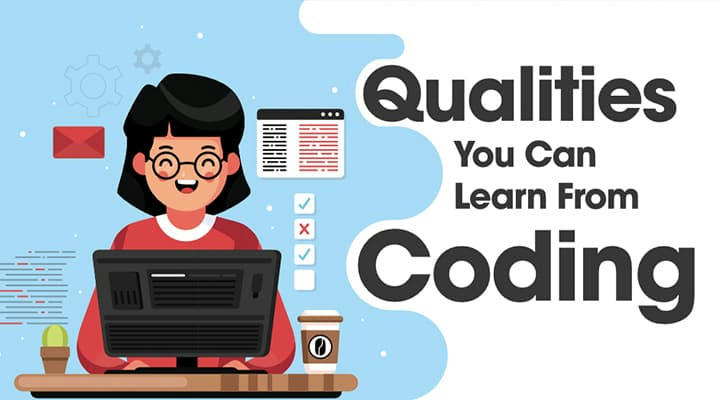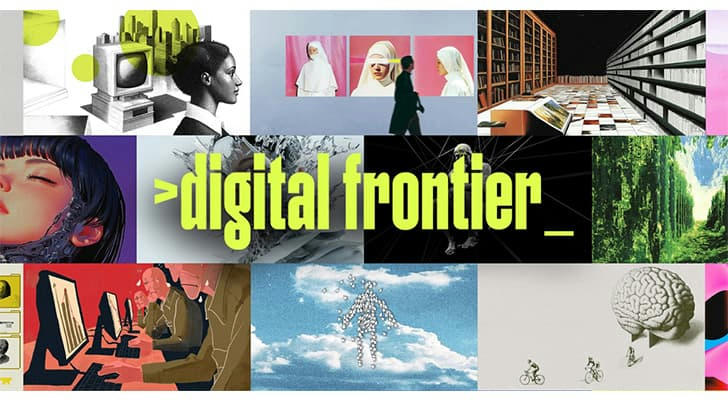Learning to Code Is No Longer a “Mission to Mars”: A Practical Guide for Beginners in America
🚀 Coding once felt like rocket science. Today, it's more like learning to drive—with the right map and mindset.

Why Coding Feels Intimidating (But Isn’t)
In a world where smartphones manage calendars, thermostats talk to the cloud, and cars can park themselves, code is the silent engine behind it all. But for many Americans, learning to code still seems as far-fetched as launching a spaceship. Fortunately, this perception is rapidly changing.
Coding isn’t an elite skill reserved for Silicon Valley engineers in black turtlenecks. It's becoming a practical, accessible tool for everyday problem-solvers—from teachers and truckers to retirees and retail managers. Whether you're 18 or 58, now is a great time to explore this digital skill set.
🌍 The New Digital Frontier: Why Now?
The United States is undergoing a major workforce shift. As industries digitize, digital literacy is becoming just as important as reading, writing, or arithmetic.
According to the U.S. Bureau of Labor Statistics (BLS), computer and IT occupations are expected to grow 15% from 2021 to 2031, a much faster rate than the average for all occupations. That growth translates to over 680,000 new jobs added during the decade.¹

In addition:
A CompTIA 2024 report indicates that more than 50% of U.S. companies are expanding their tech teams this year, especially in areas like software development, cybersecurity, and cloud computing.²
The World Economic Forum projects that 44% of workers' core skills will shift by 2027, with technology and data analysis topping the list of in-demand skills globally.
But this isn’t just about job opportunities. Learning to code empowers individuals to:
Build passion projects (e.g., apps, blogs, tools for local causes)
Solve everyday problems (like automating budget spreadsheets)
Understand how digital tools work (and troubleshoot them better)
Strengthen logic and problem-solving across all areas of life
In short: coding isn’t just for career changers. It’s for curious thinkers who want to build, create, and adapt.

🧰 Beginner’s Toolkit: How Americans Are Getting Started
While there’s no “one size fits all” method to learning programming, here’s how many beginners in the U.S. chart their path:
| 🧭 Starting Point | 🔍 Description |
|---|---|
| Online Learning Platforms | Structured, interactive tutorials in popular languages (e.g., Python, JS) |
| Community Colleges | Accessible courses with academic support and local relevance |
| Coding Bootcamps | Intensive programs that offer job-focused training (in-person or online) |
| Books & Video Guides | Self-paced options for learners who prefer independent study |
| Developer Forums & Meetups | Peer support, Q&A help, and networking (Reddit, Stack Overflow, Meetup.com) |
💡 Pro Tip: Choose resources based on your learning style—visual, hands-on, or theory-driven.
🧪 Popular Programming Languages for First-Timers
Learning code is like picking the right tool for the job. Here's a beginner-friendly breakdown:
| Language | Why It’s Useful for Beginners |
|---|---|
| Python | Clean syntax, great for automation, AI, and data-related projects |
| JavaScript | Powers websites, interactive features, and even mobile apps |
| HTML/CSS | Foundational for web design and structure (easy entry point) |
| Java | Used in enterprise systems and Android apps (slightly steeper curve) |
⭐ Tip: Python is often the best starting point due to its readability and versatility.
🧗 Challenges You Might Face (And How to Overcome Them)
Like any skill worth learning, coding comes with its hurdles:
❓ Overwhelm from jargon
Solution: Stick to beginner glossaries. Every tech term was once foreign to someone.
⏱ Time management
Solution: Schedule 20–30 minutes daily. Progress compounds faster than expected.
🙋 Getting stuck
Solution: Use online communities—asking questions is a sign of learning, not weakness.
📌 Real American Success Stories
Across the country, people from non-tech backgrounds are learning to code—and thriving:
A construction worker in Ohio built a home renovation calculator app and launched a small digital business.
A nurse from Georgia created a simple scheduling platform for her clinic using JavaScript.
A retired firefighter in Arizona picked up Python to analyze stock market data for fun.
Their secret? Starting small, staying consistent, and applying their learning to real-life scenarios.
🧭 How to Choose Your Learning Route (Without Feeling Lost)
To select the best path, ask:
✅ Do I prefer structured or flexible learning?
✅ Do I learn better by reading, watching, or doing?
✅ Am I looking for a hobby, a side project, or a career shift?
Once you've identified your “why,” the “how” becomes much easier.
🧩 Coding Is the New American Skill Set
Just as past generations learned mechanical repair or bookkeeping, today's learners are picking up digital tools. You don't need to earn a four-year degree or move to a tech capital to be part of this shift. With determination and the right guidance, anyone—anywhere in the U.S.—can learn how to build, fix, and create through code.
And while success doesn't come overnight, each small breakthrough—a working website, a functioning app feature, or even a debugged error—makes the journey worth it.
Final Thought: It’s Not Rocket Science—It’s Roadwork
Coding isn’t some Mars-level mystery anymore. It’s more like learning how to navigate a new city. The more miles you travel, the easier the map gets. So whether you’re looking to switch careers, enhance your current role, or simply learn something new, there’s no better time to start.
🧠 You don’t have to be a genius—you just need curiosity, grit, and a willingness to keep going.
References
U.S. Bureau of Labor Statistics (2023). Occupational Outlook Handbook: Computer and Information Technology Occupations.
CompTIA (2024). State of the Tech Workforce Report.
World Economic Forum (2023). The Future of Jobs Report.
